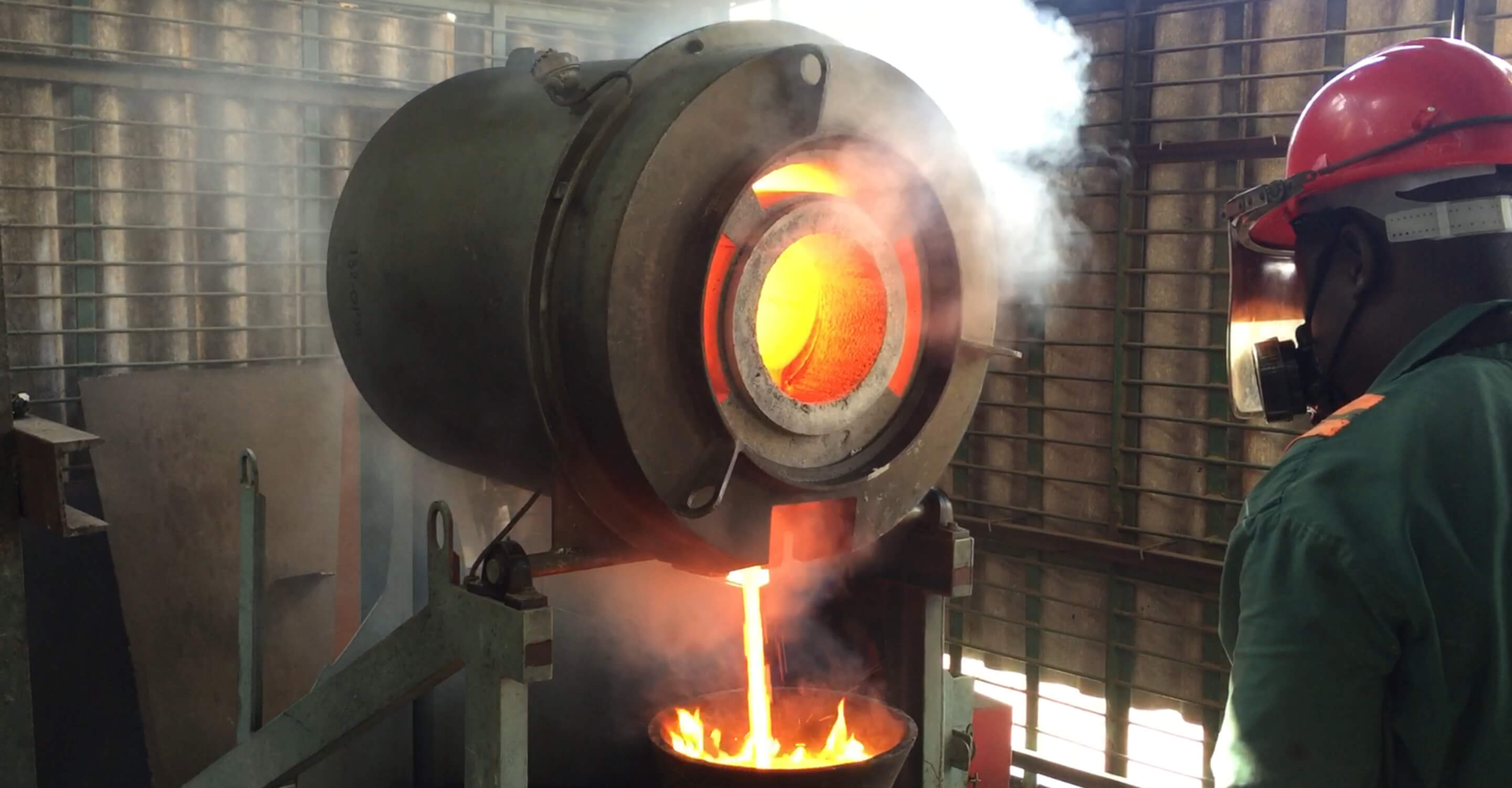Oil sands and other tailings trafficability
Rummaging through old papers this weekend, I came across a short hand-written piece that I penned in 1982. I repeat it here with no edits. This piece is interesting in light of the muddle made by the Alberta ERCB in demanding an oil sand tailings strength of 10 kPa so that the deposit can be trafficked for reclamation. 10 kPa is simply not enough to support even puny equipment. The ERCB could have avoided a great deal of fuss & bother if only they had consulted others.
That said, here is what I wrote on the topic in 1982.
We stood at the top of the slope, 50-m high, and looked down the long open pit. At the bottom a scraper was writhing and wriggling like a demented worm as a second scraper pushed it in an attempt to get it clear of a patch of mud; for the great beast was stuck. At a second mine, also in the midlands of Texas, we scurried away as an enormous dragline lifted a cumbersome foot to plod its way forward to the slope edge to strip away the silts, clays, and sands. This was my introduction to vehicle trafficability as a problem in soil mechanics.
The second time vehicle trafficability hit me was in a portable hut in the snow-covered hills of Maine. In a design meeting, a fat, gray-haired man, with a broad mid-west accent stood and asked me how I planned to get vehicles on to the top of the tailings impoundment I was designing—for I would have to get the vehicles there to reclaim the surface.
“The tailings will be a sloppy mess, and the trucks will sink out of sight,” he said. “How can you propose to build an impoundment, if you can never reclaim it?”
I had a partial answer to this, if only because when the issue first arose, I had sought out Professor Ed Nowatski at the University of Arizona in Tucson.
Faced with the Texas client’s request that we tell him if his scrapers, draglines, and bucket wheel excavator would traverse the soils which we were pulling out of our boreholes, I had fled to the library and come across a book called Soil Mechanics for Off-Road Vehicles by Karafiath and Nowatski.
Partly because I could not understand all the book, partly because the authors had computer programs I had no time to load, and mainly because Ed Nowatski was at the university just down the road, we arranged to meet.
Our first discussions were in a students’ cafeteria serving copious helpings of cheap Mexican food. Many soils tests and computer runs later, Ed had zeroed in on the particular equipment which would be able to traffic the Texas mine’s soils.
But it is not that case history that I proceed to detail as follows. I would like to tell you of the soils tests done to define trafficability on the tailings impoundment in Maine. The work was done mainly as a final year student’s study by Donald McCleary. He was assisted by that ex-CSIR, ex-SRK engineer, Dirk van Zyl. The details I give here come from a paper The Production and Handling of Dry Uranium and Other Tailings by Robertson, Fisher, and Van Zyl to be published at the next Uranium Tailings Symposium in Colorado.
The tailings are a silt with 95 percent less than the 200 mesh and only 5 percent less than 0.008 mm. Particle SG is 4.2. Tests done on the tailings were trafficability cone tests, ring shear tests, and a modified form of the Liquid Limit test in which the relationship between the volumetric water content and the number of blow to closure of the slot is measured.
The volumetric water content was used as we considered it better “normalized” a result which was otherwise distorted by the high SG.
At s volumetric water content of about 40 percent the tailings becomes “solid” and probably trafficable.
In order to confirm this, we used those marvellous computer programs which Karafiath and Nowatski first wrote to design vehicles forAmerica’s moon landing—and you will recall that the vehicles did indeed traffic successfully on the moon’s surface.
Trafficability analyses were done for a large front-end loader, a CAT-922C. For the drained case, sinking of about 35 mm was predicted by the code. For so-called undrained parameters, the red lights blinked and the ominous words were printed out: NO GO – SINKAGE IN EXCESS OF 400 mm.
Actually being the USA, which is still firmly wedded to ye old English units, the numbers were 1.3 inches and 16 inches respectively.
Whatever; the results showed that under summer conditions in Maine the surface of the tailings would dry sufficiently to be reclaimed.
The fat man sat down. Now the project is shut down, a victim of inflation, low copper prices, and environmental concerns.
PS. Situation in 2012. Ed Nowatski is still in Tucson consulting as ever. Dirk is at the University of British Columbia. I do not know where Don is. The paper is available at this link. On Amazon.com I find a book from 1989 by Karafiath on Soil mechanics for trafficability. It is not the one I read in 1982, but maybe it is better. The Bald Mountain massive sulphide deposit in Maine never became a mine. And 10kPa is not enough to traffic, even with a stronger crust on top.
{{ commodity.name }}
{{ post.title }}
{{ post.date }}

Comments